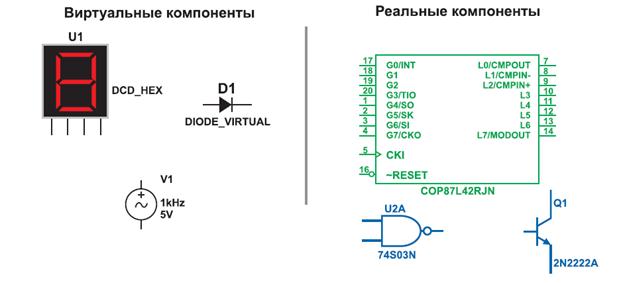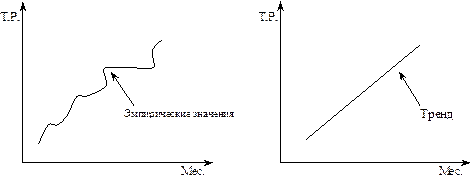COMPUTER PROGRAMMING
Programming is the process of preparing a set of coded instructions which enables the computer to solve specific problems or to perform specific functions. The essence of computer programming is the encoding of the program for the computer by means of algorithms. The thing is that if any problem is expressed in mathematical terms, it contains formulae, equations and calculations. But the computer cannot manipulate formulae, equations and calculations. Any problem must be specially processed for the computer to understand it, that is - coded or programmed. The phase in which the system's computer programs are written is called the development phase. The programs are lists of instructions that will be followed by the control unit of the CPU. If the instructions of the program were incomplete and in the inappropriate sequence, or else the wrong answers would result. To guard against these errors in logic and to document the program's logical approach, logic plans should be developed. There are two common techniques for planning the logic of a program. The first technique is flowcharting. A flowchart is a plan in the form of a graphic or pictorial representation that uses predefined symbols to illustrate the program logic. It is, therefore, a "picture" of the logical steps to be performed by the computer. Each of the predefined symbol shapes stands for a general operation. The symbol shape communicates the nature of the general operation, and the specifics are written within the symbol. A plastic or metal guide called a template is used to make drawing the symbols easier. The second technique for planning program logic is called pseudocode. Pseudocode is an imitation of actual program instructions. It allows a program-like structure without the burden of programming rules to follow. Pseudocode is less time-consuming for the professional programmer than is flowcharting. If the pseudocode technique hadn't been developed it would have been taken much more time to fine adjustment of any new program. Pseudocode also emphasizes a top-down approach to program structure. Pseudocode has three basic structures: sequence, decision, and looping logic. With these three structures, any required logic can be expressed. Answer the following questions: 1. What is programming? 2. What is the essence of programming? 3. What should be done with the problem before processing by the computer? 4. What is a program? 5. What are instructions? 6. What are the main techniques for planning the program logic? 7. What is a flowchart? 8. What is a template and what is it used for? 9. What do you understand by "pseudocode"? 10. What are the basic structures of pseudocode?
|




